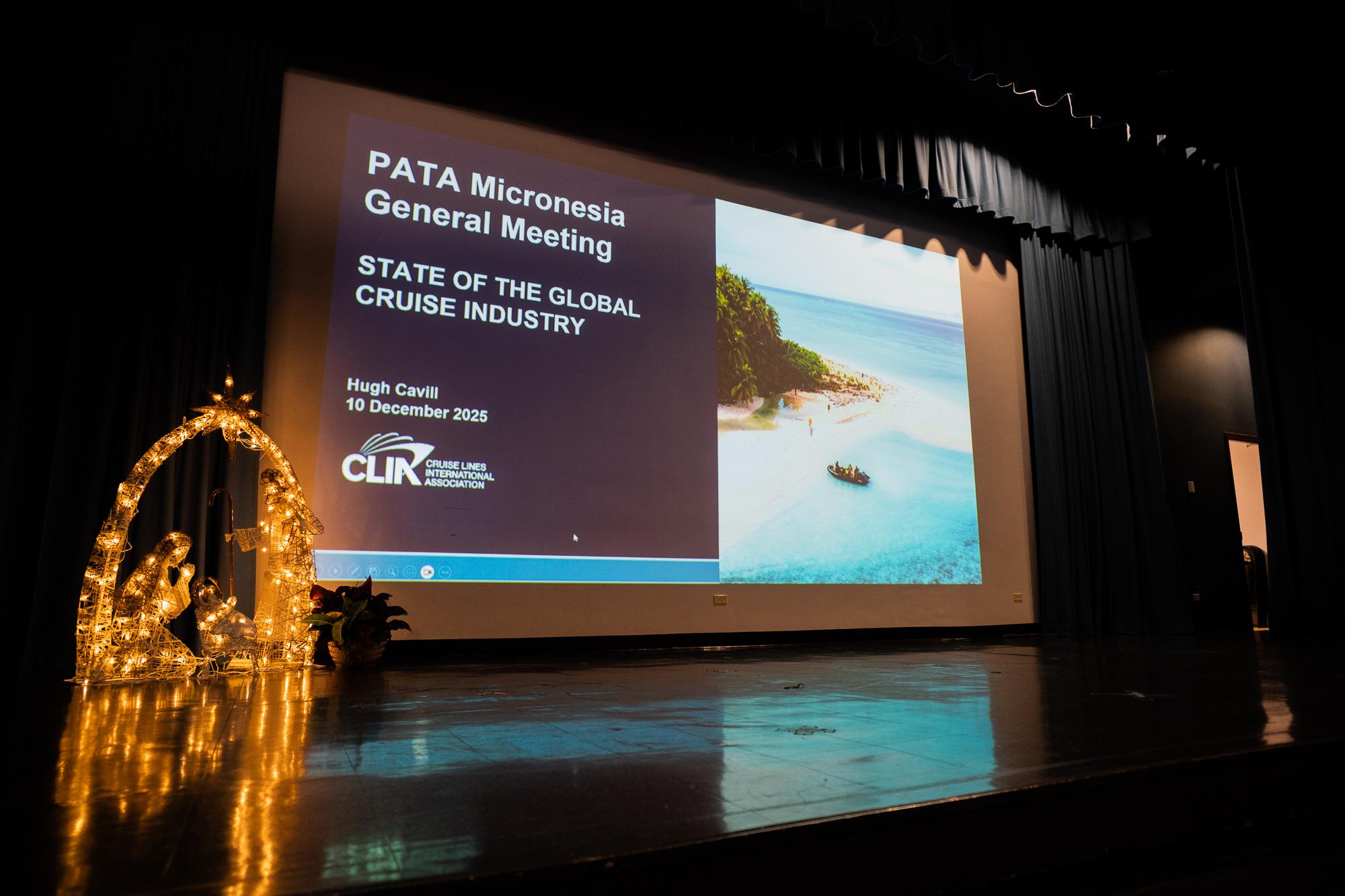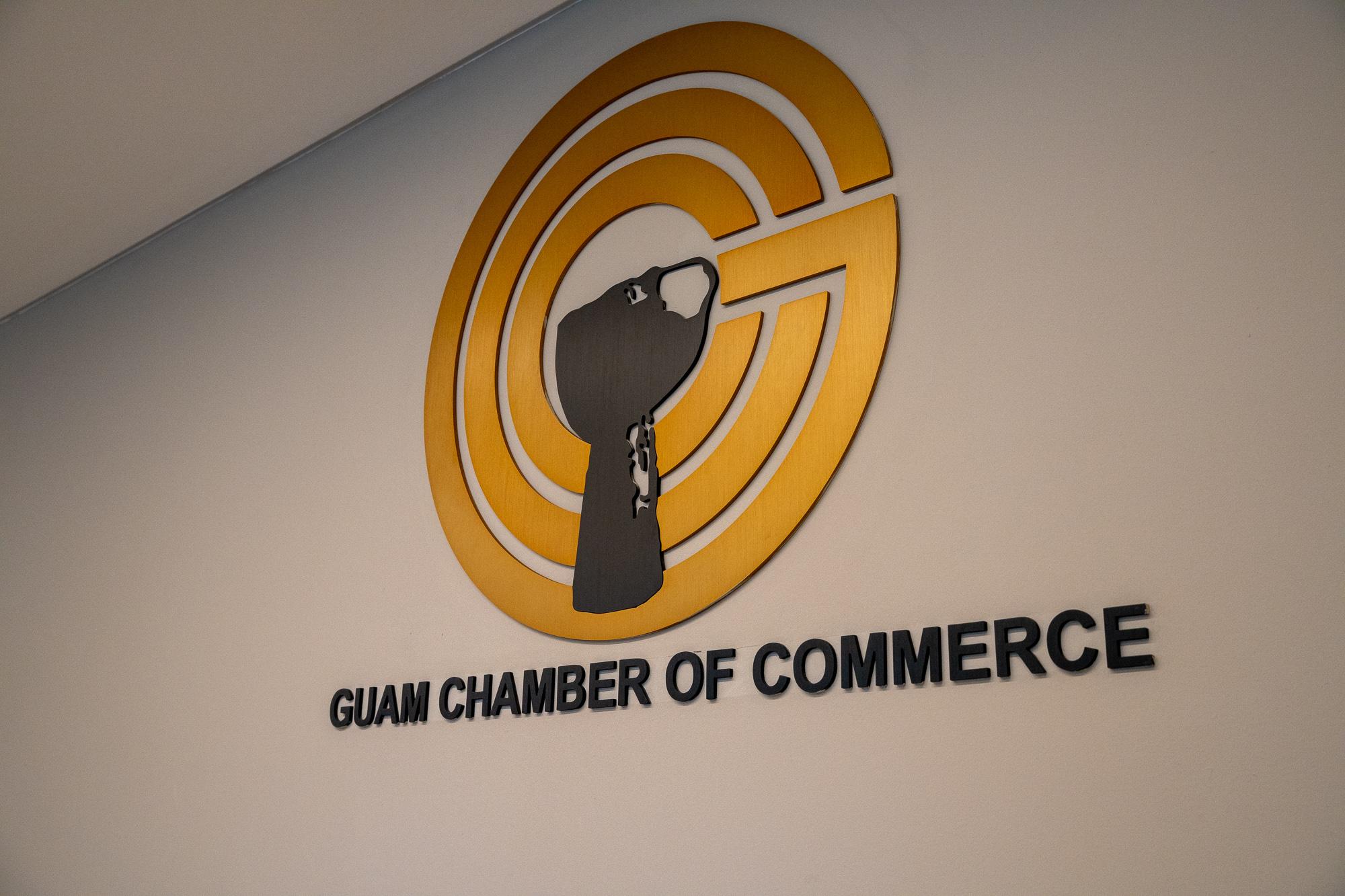BY PAULY SUBA
Journal Staff
Guam Police Department and the Guam Department of Education officially launched a new criminal justice pilot program at Tiyan High School aimed at preparing students for careers in law enforcement. It's an initiative that both departments hope will help ease Guam’s ongoing police officer shortage.
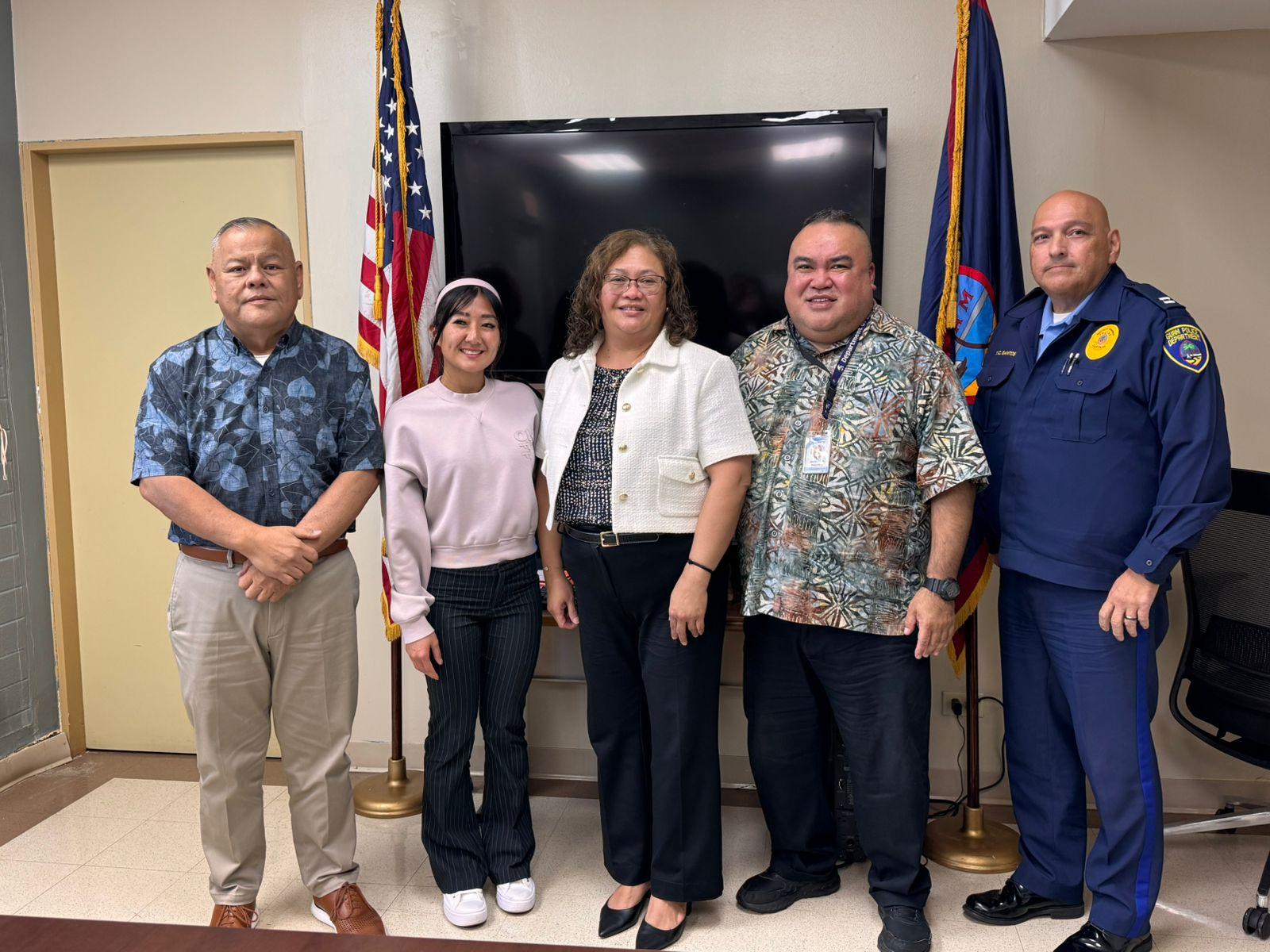
The announcement came during a press conference on Aug. 6, at the GPD headquarters in Tiyan, where GPD Chief of Police Stephen Ignacio called the program “a partnership and a program that (GDOE and GPD have) been working on the past two years, if not longer.”
“We’re here to announce this partnership between the Guam Police Department and the Department of Education. This is something that the governor and the lieutenant governor have talked about. We’ve also have been asked many times… what are we doing to bring some of what we do here in the Guam Police Department to the high school level?” Ignacio said.
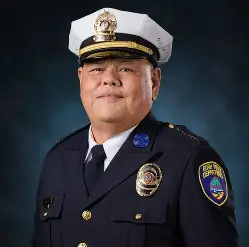
The pilot program begins this school year with 20 tenth-grade students enrolled in a three-year criminal justice pathway under Tiyan High School’s health and human services academy.
One of the key drivers behind the initiative is GPD’s struggle to recruit qualified applicants. Ignacio said that many high school graduates fail to pass the department’s entry-level written exam.
“As we look at the number of applicants… we’re finding that they’re not able to successfully complete the written test and make it to the next phase. Just a quick example, I’ve got a list of 33 applicants… and less than half made it to the next phase,” he said.
The program, inspired in part by a criminal justice curriculum at Happy Valley High School in Tennessee, aims to build the academic and professional skills students need to pass entrance exams and thrive in law enforcement roles.
GPD Captain Tim Santos will serve as the course instructor. “That student, from day one, is going to start maintaining what we call a field notebook,” Santos said. “Every assignment has reading comprehension in it… and we have the ability to go to their English department and structure the course lessons for that particular student.”
The curriculum covers foundational topics like ethics, the history of law enforcement, and the justice system triad of law enforcement, courts, and corrections. By year three, students are expected to participate in mock trials and forensic investigations.
Santos said the course includes hands-on training such as first aid, radio communication, and decision-making scenarios, "everything we would be teaching with the exception of firearms.”
Tiyan High School Principal Sophia Dueñas emphasized the goal of creating meaningful career pathways.
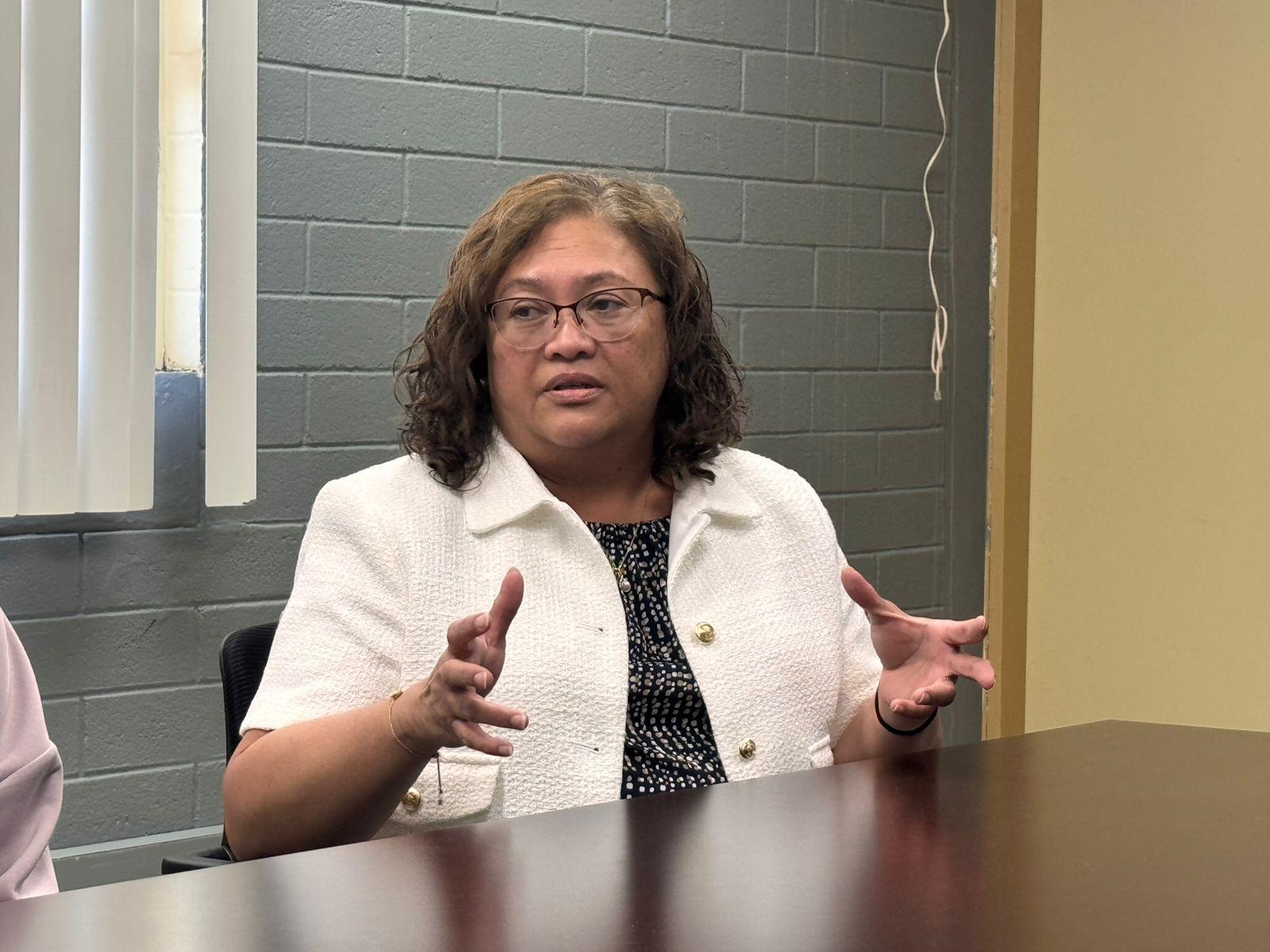
“Of course, they can go to college, but after college, they’re still not set on a career,” she said. “We hope that they go into the Guam Police Department, but we also hope that we can prepare them for other law enforcement jobs outside.”
Dueñas said students were selected based on a career interest survey and that the criminal justice course is now part of the school’s broader effort to “promote career technical education.”
Ignacio said the vision is long-term. “Can we find those students in school who say, hey, maybe being a police officer is a job for me? And it doesn’t necessarily have to be a police officer… you can be a park police officer, or even a marshal.”
He also floated the possibility of creating preferential hiring incentives for graduates of the program. Ignacio said, “If they choose to join the police department and successfully make it in, maybe they get like preferential points… like merit scholars or veterans.”
According to GDOE Deputy Superintendent of Curriculum and Instruction Joseph Sanchez, the program will be evaluated after its first year following standard procedures for piloting new courses.
“Students enrolled in the program take a survey, they have their own assessments… then it goes to our joint board curriculum committee… and then it’s brought up to the main board of education,” Sanchez explained.
If successful, the program would expand to include second and third-year courses, with a new cohort of tenth graders joining each year. “We’ve already planned all the way to three years. We have a pathway for it,” Ignacio confirmed.
Dueñas added that although there’s no dedicated funding yet, “everything is internal,” and any supplies needed will be addressed as the program evolves.
With the program officially underway as of the first day of school, both agencies hope the pilot will spark greater student interest in law enforcement careers and help address the island’s critical need for qualified officers.
Dueñas said, “These skills that they’re learning are probably job entry. It’s not to make them that professional police officer that’s going to go do a raid, but it’s to give them the skills and knowledge… to be more familiar with what their responsibilities are.”
Ignacio stressed that beyond law enforcement, the program equips students with life skills such as communication, ethical decision-making, and teamwork.
“There’s a lot of specialized training in police work… but communication is very key,” Ignacio said. “How to communicate, how to talk to people, how to treat people… those are the kind of skills we’ll be teaching at the high school level.” mbj


















